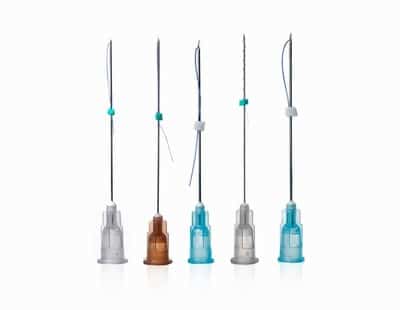
Frequent demand from the Asian population, regardless of sex, is medical rhinoplasty. As for the eyes, the demand does not consist of a westernization but a modification of several elements (explained below) so that the nose remains harmonious in the face.
CHARACTERISTICS OF ASIAN NOSE
Nasal triangle
The nose is part of a triangle that is wider in Asians than Caucasians. The width of this triangle can be reduced, but it must remain wider than the Caucasian because facial features are different (more osseous structure).
Dorsum height
The dorsum can be projected which makes that the nose appears wider and flatter.
The goal is to increase the projection and definition of the dorsum, without rendering it so plan to erase the characteristic features of the Asian population.
Tip and base of the nose
The tip of the Asian nose is characterized by a lack of projection and a downward rotation of the tip.
The base of the nose is excessively wide and / or flared.
Nostrils
In Caucasians, the nostrils have an elongated form, the posterior part of which is larger, and the axis of which is oblique anteriorly and internally, which forms an angle of 15 ° posteriorly with the sagittal plane. In Asians this angle is more open and the nostrils less elongated.
The goal is to tighten the nostrils and make the nose more narrow and less flared.
Relationship between the width and length of the nose
The ideal relationship between nasal width and length is 0.7 among Caucasians. It is 1.1 among Asians.
Naso-labial angle
Among Asians, the naso-labial angle is more acute than among Caucasians, where the angle is between 90° and 120°.
Nasal tip projection
There are two methods to measure tip projection :
– Baum ratio: calculated by dividing the length of the nose (calculated from the nasion – (between the eyes)– to the subnasal point) by the length of a perpendicular line (passing through the pronasion) to a vertical line joining the pronasion and the subnasal point.
The ideal projection has a Baum ration of 2.8: 1, while an Asian nose tip has a Baum ratio of 3.
– Simons ratio: calculated by dividing the subnasion-pronasion distance by the subnasion-upper lip distance.
The ideal projection has a Simons ratio of 3, the Asian nasal tip has a Simons ratio of 1.5.
Proportions of the columella
Among Caucasians, the base of the nose, ( as seen on a sagittal plane ), can be divided into three equal thirds. Among Asians, the upper third accounts for 45% of the tip ( in sagittal view ), the middle third for 18% and the lower third for 37%.
POSSIBLE TREATMENTS

'Nose thread lift'
More and more widespread in Korea, Japan and Taiwan is the technique of 'Nose thread lift', lift of the nose with the threads. The threads are used to define and straighten the contour of the nose, project the dorsum, lift the tip and better define the base of the nose.
Session
After local anesthesia the threads are placed at the level of the columella and the dursum, the type of threads and the depth depend on the anatomy of the nose.
Hyaluronic Acid
Medical rhinoplasty is performed most times by injection of hyaluronic acid as on a Caucasian nose.
We can project the dorsum, lift the tip, shrink the nostrils and modift the tip of the nose with conventional injection techniques.

Testimonials-reviews
G. TODD
K. INGRAM
L. BLAIR
V. HIGGINS



